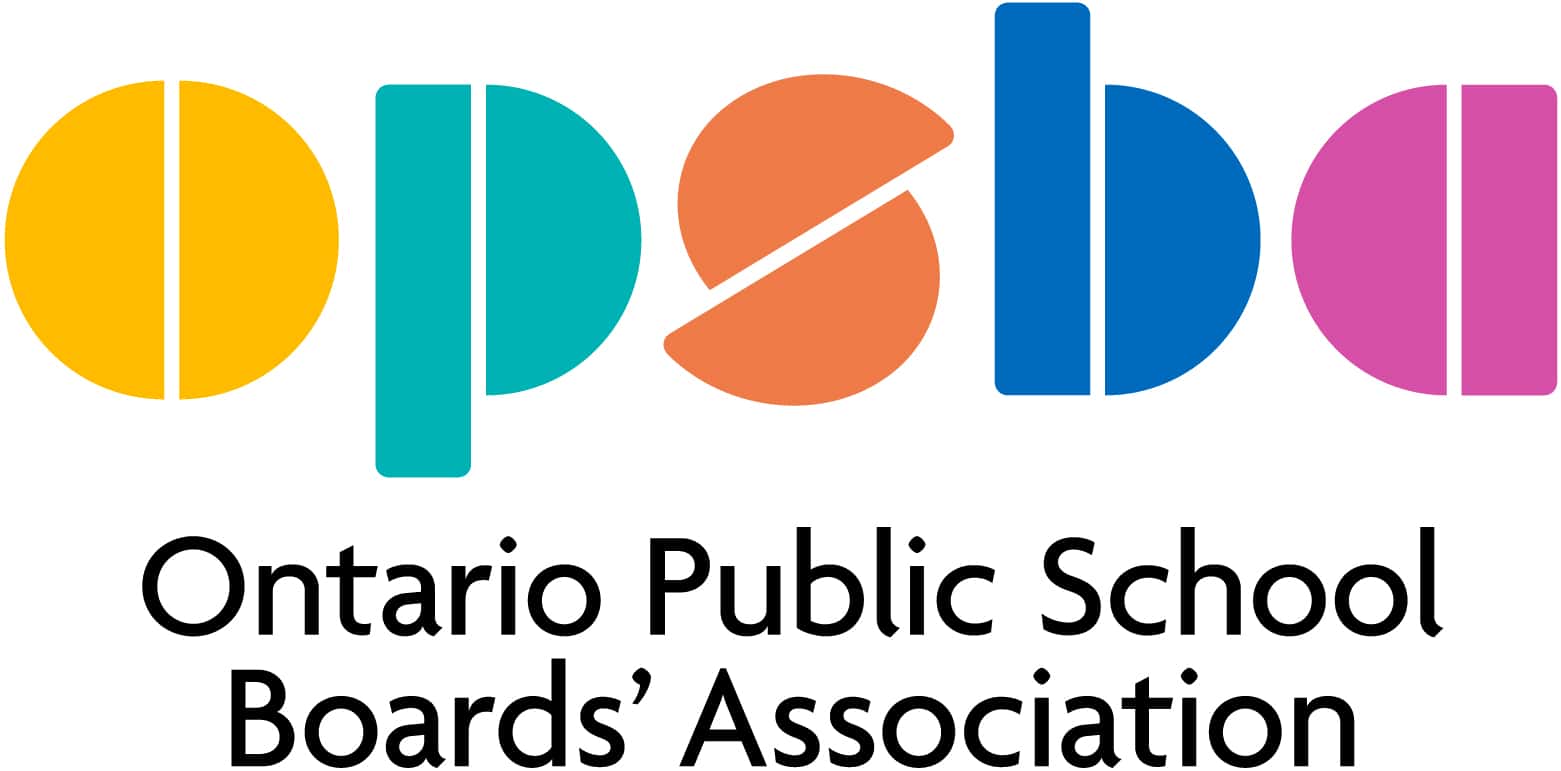Pondering Leadership from Coast to Coast
Review by Suzanne Bowness
Leadership is a big topic that naturally invites debate, given its diverse styles and approaches. On its back cover, Canadian Educational Leadership (2009) declares that its contents will “outline the history of leadership reform within Canada’s education systems and offer practical alternatives for creating new approaches to educational leadership.” Based on this stated goal, the book is somewhat successful, as the reader comes away with some overview of the history and development of leadership at various levels of the school system in this country. That said, the promised “practical alternatives” could be more explicit and prescriptive, which is an unfortunate weakness given the deep expertise of the book’s contributors.
Canadian Educational Leadership is a collection of primarily academic essays edited by Thomas G. Ryan, an associate professor of education who teaches both at Nipissing University’s Faculty of Education in North Bay and online for Campus Alberta. The book’s nine chapters feature papers from researchers at several other universities across Canada, including the University of New Brunswick, the University of Lethbridge, the University of Northern British Columbia and the University of Victoria. Content coverage is both cross-country and in-depth: some studies examine a single province, while others look at examples in several. Chapters also vary in their focus: some look at leadership by administrative level, from school principals to school boards, while others are about specific topics. For example, chapter 6 takes up “Developing School Administrators Who Lead with the Emotions in Mind: Making the Commitment to Connectedness” and chapter 7 describes “Multicultural Educational Leadership in Canada.”
While some chapters share similarities in approach, others are quite diverse. The book’s first chapter, also its most robust, “Redefining Educational Leadership for the Twenty-First Century,” sets the tone with a historical overview, first of the evolution of business leadership styles and then with the related development of educational leadership trends. The chapter ends with an illustrative case study based on the educational system in New Brunswick. Other chapters follow this historical style; for example, chapter 5, “School Boards and Educational Leadership in Canada: The Changing Landscape,” provides a trip through the evolution of school board policy in Canada by province.
Yet other chapters take different approaches to their discussion of leadership; for example, chapter 2, “The Quest for Equity and Excellence in Public Schools: A Portrait of Transformative Leadership,” uses a “portrait” approach to profile real leaders in real schools to exemplify tactics; chapter 4, “Investing in Moral Literacy: Where Are You Now? A Manitoba Perspective,” brings in a sample course syllabus complete with readings, assignment list and guest speakers. The effect of these approaches is to keep the reader on her toes, but it also makes the book uneven, as one topic may be covered through a range of provinces while others are covered with only a single example; or one may be very historical while another focuses on a particular study.
Although the book presents several studies and literature overviews that would be useful for specific study of the topics covered within this collection, it is hard to imagine the intended audience for the text as a whole. Few clues exist in the text itself. For example, the introduction is very short, providing only a half-page of overview plus a synopsis of each chapter, and there is no conclusion. Each chapter ends with a set of engaging questions, suggesting the book is intended as a textbook for a graduate course on educational leadership; in this case, the detailed bibliographies would also be exceedingly useful to researchers. Yet to make the collection useful to practitioners, the contributors would have done well to conclude their chapters with more advice or even discussion on which changes outlined were the most successful in retrospect.
As for practical tips, the editor in the introduction twice invites the reader to read Made in Canada Leadership: Wisdom from the Nation’s Best and Brightest on the Art and Practice of Leadership (2007), whose table of contents suggests that it will supply the practical approach, so perhaps the intent of this text is to remain an academic text. That’s unfortunate because it seems like the contributors here would have some good points to make about educational leadership more concretely, and with this presentation it’s unlikely to make it into the hands of leaders themselves.
Canadian Educational Leadership
Thomas G. Ryan, ed.
Brush Education, Edmonton, 2009
240 pages, $29.95 (paper)

